Mining
Anaconda Pipe & Hose delivers engineered solutions for mining fluid handling across demanding mining applications, including mining slurry handling, dewatering, and mining material transfer. Our range of mining hoses and mining pipe systems is built to handle abrasive media, high pressures, and continuous operation. From HDPE mining pipe and mining pipeline systems to industrial mining hoses for slurry and water management, we support reliable performance, reduced downtime, and long service life in harsh mining environments.
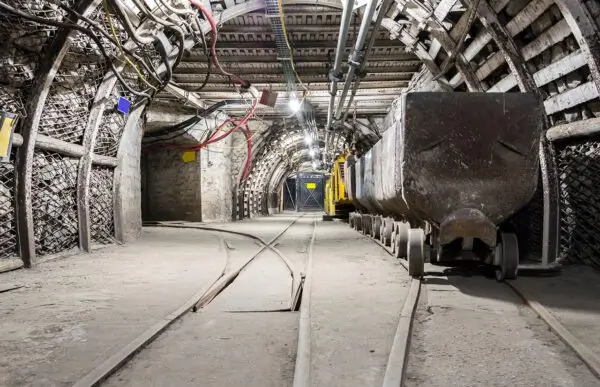
Home
Industries
MiningHDPE Mining Pipe
Features
- Manufactured from high-density polyethylene pipe for excellent durability.
- Smooth internal bore reduces friction and material buildup.
- Available in large diameters for high-volume flow.
- Flexible for route changes and ground movement.
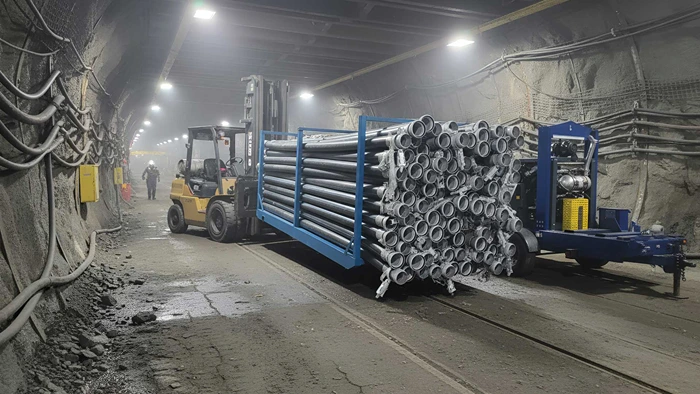
Advantages
- Low resistance to flow enhances efficiency of mining pipeline systems.
- Excellent resistance to chemicals, abrasion, and impact under heavy loads.
- Withstands a wide range of temperatures and environmental conditions.
Benefits
- Extended lifecycle and lower repair cycles in mining fluid handling, including mining water management and slurry transfer.
- Reduced pumping energy and operational costs.
- Reliable performance in tailings pipeline and gravel slurry pipe applications.
Lay Flat Hose
Features
- Flat design for space-efficient storage when not deployed.
- Lightweight yet strong construction for easy handling.
- Available in multiple diameters for diverse flow needs.
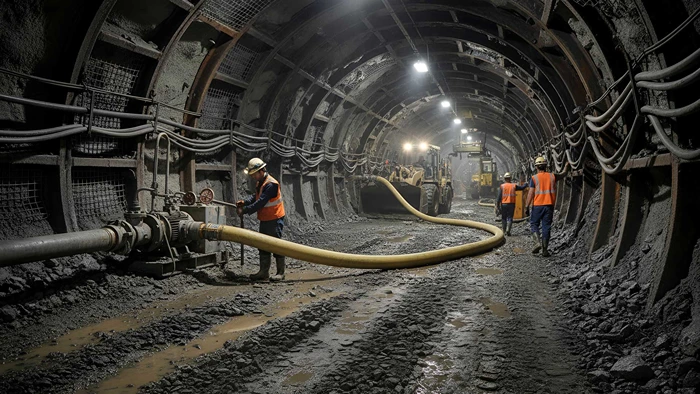
Advantages
- Rapid deployment and retrieval during peak workloads.
- Minimizes transport and handling burden compared to rigid piping.
Benefits
- Faster setup for temporary or evolving operations like dewatering or seasonal site changes.
- Lower labor and logistics costs for mining fluid handling tasks.
Slurry Hose
Features
- Heavy-duty reinforcing layers specifically engineered for abrasive slurries.
- High tear, cut, and wear resistance for hard solids and variable slurry compositions.
- Designed for continuous slurry flow, such as sand slurry hose, ore slurry hose, and mineral slurry handling.
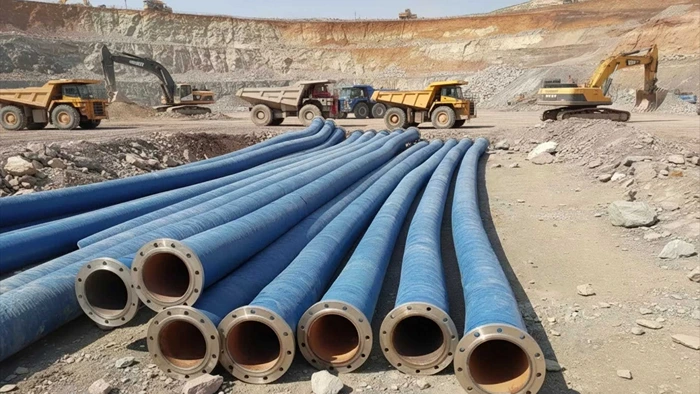
Advantages
- Exceptional durability in high solids environments.
- Maintains flexibility and strength where other hoses fail.
Benefits
- Extended service life in abrasive material transfer, reducing change-outs and downtime.
- Better uptime in high-load operations, increasing productivity, and lowering lifecycle costs.
Mining Pipe & Hose
Product Comparison
Attribute | HDPE Mining Pipe | Lay Flat Hose | Slurry Hose |
|---|---|---|---|
Primary Use | Permanent or semi-permanent mining pipeline systems for water, slurry, and fluid transfer | Flexible, temporary mining fluid handling, such as dewatering and water transport | Heavy-duty mining slurry handling and abrasive material transfer |
Construction | High-density polyethylene pipe with Bauer or flange fittings | Flexible PVC/polymer Lay Flat design | Reinforced rubber/thermoplastic composite |
Typical Size Range | Large diameters (6″ to 36″+), custom available | Small to mid (2″ – 10″+ depending on model) | Mid to large bore, highly customizable |
Pressure Handling | High (varies with SDR and diameter) | Moderate pressure (rated per hose model) | Designed for high abrasives and moderate to high pressure |
Abrasion Resistance | Good, inherent material resistance and smooth bore reduce wear | Moderate abrasion resistance | High abrasion resistance suitable for ore, sand, and slurry |
Flexibility | Low (rigid pipe) | Very High (collapsible, easy to deploy) | Moderate to High (depends on reinforcement layers) |
Installation | Requires planned pipeline layout | Quick deployment — ideal for dynamic sites | Connects to pumps and rigid systems with fittings |
Best For | Long-term tailings pipeline, mining water management, and main fluid conveyance | Temporary dewatering and water transfer | Continuous mineral slurry handling and abrasive slurry transfer |
Mobility | Stationary once installed | Highly portable | Semi-portable depending on size/weight |
Typical Fittings | Bauer quick connect or ANSI flanges | Camlock, threaded, or Bauer (varies) | Flanged or bespoke mining equipment hose fittings |
Service Life | Very long in proper conditions | Good with proper handling | Long in abrasive conditions with correct selection |
Speak With Technical Team
Get in touch with Anaconda for industry-ready pipe and hose solutions.
Pipe and Hose Rentals for Mining Operations
Anaconda Pipe & Hose offers flexible pipe and hose rental solutions to support short-term, long-term, and emergency mining applications. Our rental inventory includes HDPE mining pipe, industrial mining hoses, and Lay Flat hose systems designed for reliable mining fluid handling, dewatering, and mining slurry handling.
Rental options allow mining operators to scale capacity quickly without large capital investment. Whether the requirement is temporary mining water management, bypass pumping, or short-term abrasive material transfer, rental pipe and hose systems are supplied with compatible fittings for rapid deployment and integration into existing mining pipeline systems.
Each rental solution is inspected, tested, and configured to meet site-specific flow, pressure, and layout requirements. This ensures dependable performance while minimizing downtime and operational risk during critical mining activities.
Industries Served
Anaconda Pipe & Hose supports a wide range of sectors within the mining and resources industry, delivering reliable mining hose, mining pipe, and mining pipeline systems for demanding operating conditions.
Our solutions are used across:
- Surface and Underground Mining for mining fluid handling, dewatering, and mining slurry handling in active pits, shafts, and tunnels.
- Mineral Processing Plants require dependable slurry hoses, slurry pipes, and abrasive slurry hose systems for continuous material movement.
- Tailings Management Operations utilize tailings transport hose, tailings pipeline, and HDPE mining pipe for safe and controlled discharge.
- Quarries and Aggregate Operations handling sand slurry hose, gravel slurry pipe, and high-wear abrasive material transfer applications.
- Coal Mining Facilities supporting water management, wash plants, and slurry transport systems.
- Metals and Ore Mining operations manage dense ore slurry hose applications and long-distance slurry pipelines.
- Mining Infrastructure and EPC Projects requiring temporary and permanent industrial mining hoses and piping during construction, expansion, and shutdowns.
These industries rely on Anaconda’s engineered pipe and hose systems to maintain operational continuity, improve efficiency, and manage fluids and slurries safely in harsh mining environments.
Case study
Mining Slurry Handling and Water Management Support
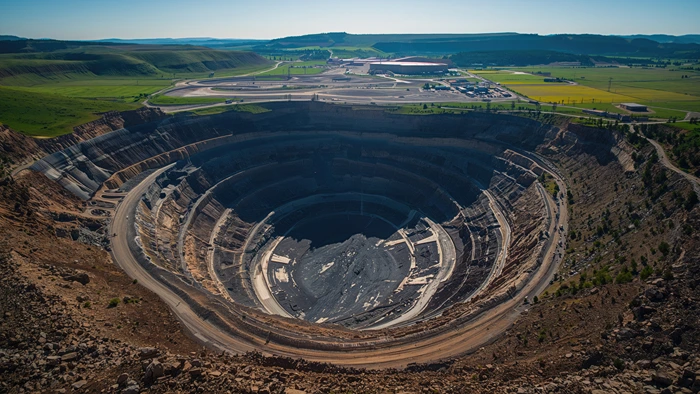
Project Overview
A large surface mining operation required a reliable solution for continuous mining slurry handling and site-wide mining water management during peak production. Existing infrastructure was experiencing frequent wear due to abrasive material transfer and changing site layouts.

Challenge
The operation needed a system capable of transporting abrasive slurry and process water while remaining adaptable to evolving pit conditions. Downtime caused by hose failures and rigid pipeline limitations was impacting productivity and maintenance schedules.

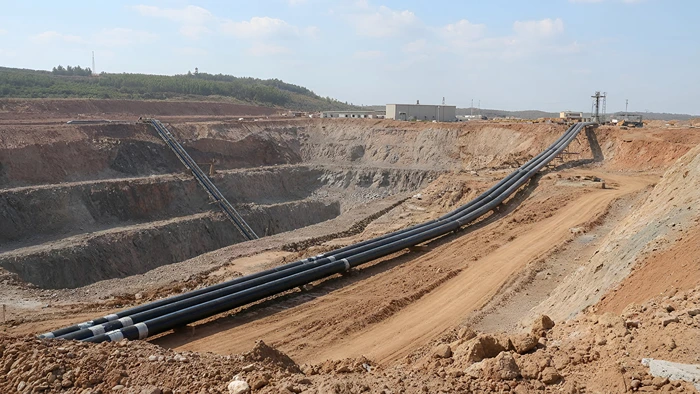
Solution
Anaconda supplied a combination of HDPE mining pipe with Bauer fittings for the main mining pipeline system, supported by industrial mining hoses and Lay Flat hose for flexible connections and temporary routing. The system was configured to handle abrasive slurry flow and high-volume water transfer without extensive installation time.
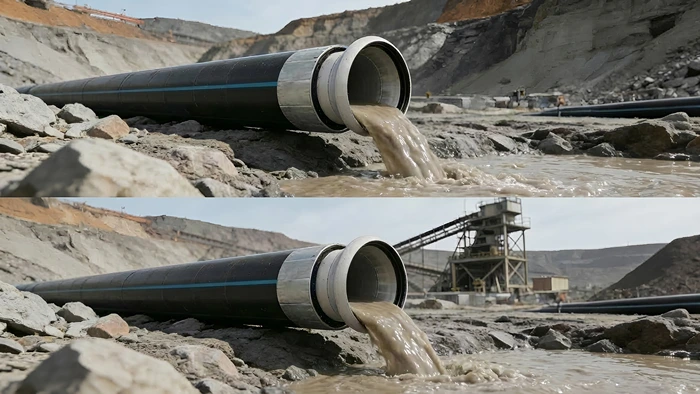
Results
- Improved reliability in mining fluid handling and mining slurry handling
- Reduced maintenance intervention due to improved abrasion resistance
- Faster deployment and reconfiguration as site conditions changed
- Consistent flow performance across water transfer and slurry transport operations


Key Takeaway
By combining rigid HDPE pipe with flexible mining hose solutions, the operation achieved a balanced system that supported productivity, reduced downtime, and improved operational control in demanding mining environments.
Frequently Asked Questions
What types of mining hoses does Anaconda supply?
Anaconda supplies industrial mining hoses designed for mining fluid handling, including hoses used for water transfer, dewatering, and mining slurry handling in demanding mining applications.
Are Anaconda hoses suitable for abrasive slurry applications?
Yes. Anaconda’s slurry hose options are engineered to handle abrasive fluids and solids, making them suitable for abrasive material transfer, mineral slurry handling, and high-wear mining environments.
What mining pipe options are available?
Anaconda offers HDPE (high-density polyethylene) pipe, commonly used in mining pipeline systems for water, slurry, and tailings transport.
Can HDPE pipe be used for tailings transport?
Yes. HDPE mining pipe is commonly used in tailings pipeline applications due to its corrosion resistance, smooth internal bore, and suitability for high-volume slurry flow.
What fittings are used with mining pipe systems?
Anaconda’s mining pipe systems typically use Bauer quick-connect fittings, allowing fast installation, removal, and reconfiguration in mining operations.
Are Lay Flat hoses suitable for mining applications?
Yes. Lay Flat hose is widely used in mining for temporary mining water management, dewatering, and fluid transfer, where rapid deployment and portability are required.
How do I choose between a pipe and a hose for my mining application?
Rigid mining pipe is best for permanent or semi-permanent mining pipeline systems, while mining hoses are preferred for flexible, temporary, or mobile applications such as bypass pumping and short-term slurry routing.
Do Anaconda products support high-pressure mining operations?
Anaconda supplies high-pressure mining pipe and hose options rated for demanding operating conditions. Exact pressure ratings depend on product type, diameter, and configuration.
Can Anaconda provide rental pipe and hose systems?
Yes. Anaconda offers pipe and hose rentals for short-term, long-term, and emergency mining requirements, including HDPE pipe, Lay Flat hose, and industrial mining hoses.
Are Anaconda mining products resistant to corrosion?
Yes. HDPE mining pipe and compatible hose materials offer strong resistance to corrosion, making them suitable for aggressive fluids and challenging mining environments.
Can Anaconda support custom mining applications?
Yes. Anaconda works with mining operators to configure mining pipeline systems and hose assemblies based on flow requirements, pressure conditions, and site layout.
Where are Anaconda mining pipe and hose systems typically used?
They are used across surface and underground mining operations, mineral processing plants, tailings management systems, and mining water management infrastructure.
Contact Anaconda Pipe & Hose
Speak with our experts to define the right solution for your project. Our team supports you from initial planning through execution.

